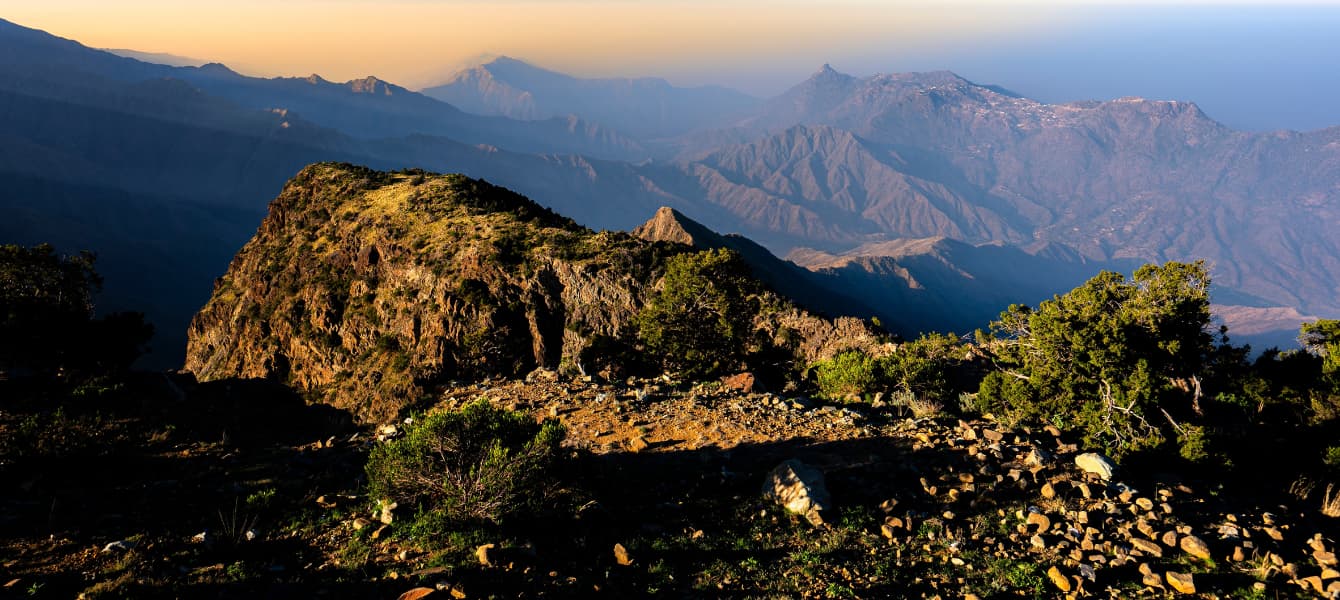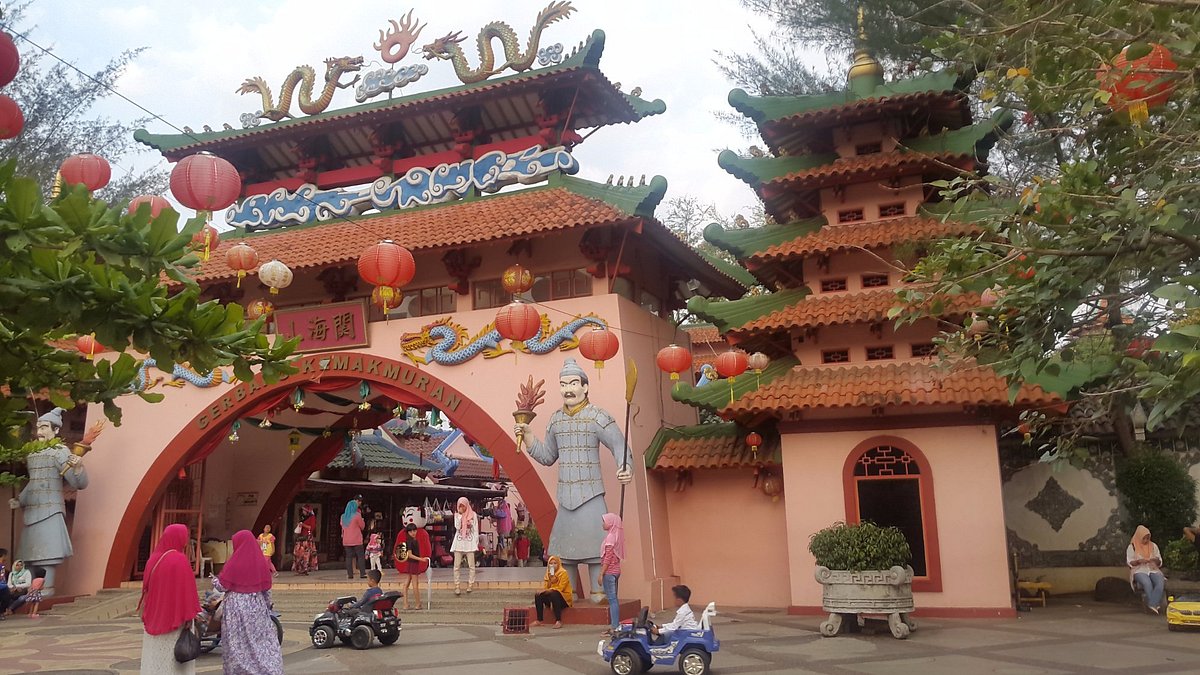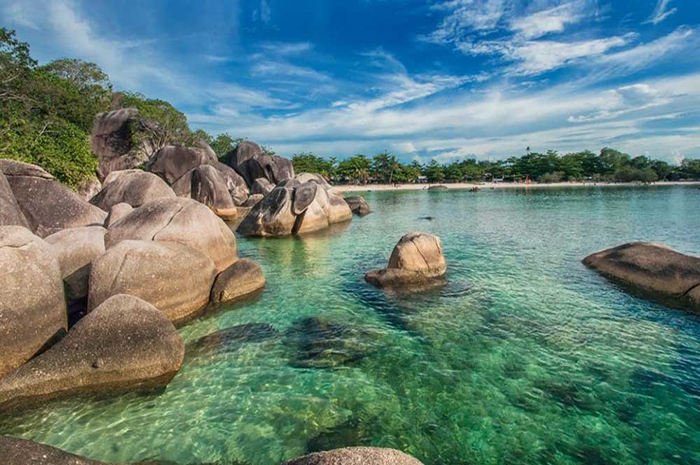Nestled in the southwestern part of the Kingdom of Saudi Arabia, Asir National Park stands as a testament to the country’s often-overlooked natural beauty. Established in 1981, this picturesque park covers an impressive 4,596 square kilometers and is home to a diverse array of ecosystems and wildlife. The park’s location within the Asir Mountain Range, known for its unique geographical features and temperate climate, offers an enticing contrast to the more commonly recognized arid expanses of the Arabian Peninsula.
The lush green valleys, steep mountains, and rich biodiversity have made Asir National Park a burgeoning hotspot for eco-tourism. As Saudi Arabia continues to diversify its economy and promote tourism through Vision 2030, Asir National Park has found itself in the spotlight. This transformation aligns with the country’s broader initiative to welcome international tourists and to develop sustainable tourism that highlights its rich cultural and natural heritage. In recent years, the park has seen numerous updates and enhancements to its facilities and infrastructure, aimed at improving the visitor experience while preserving the delicate ecosystems they come to admire.
This extensive article delves into the latest developments and updates regarding Asir National Park, offering insights into its ecological importance, the ongoing conservation efforts, and the balance between tourism development and environmental stewardship. By the end of this exploration, it will be evident why Asir National Park is not just a Ruangwd haven for nature enthusiasts but also a crucial player in Saudi Arabia’s evolving tourism landscape.

Recent Infrastructure Developments in Asir National Park
Page Contents
With the Saudi government’s focus on enhancing its tourism sector, substantial investments have been made to improve the park’s infrastructure. This includes upgraded access roads, visitor centers, and accommodations to handle the increasing number of visitors. One of the significant projects completed recently is the modernization of the main access road to the park. This project has not only improved the safety and comfort for travelers but has also decreased travel time from major cities like Abha, the provincial capital, allowing for a seamless excursion from urban hubs to the tranquility of nature.
Visitor centers within the park have also undergone revamps to provide comprehensive services aimed at educating tourists about the park’s diverse wildlife and ecosystems. Interactive displays, educational films in multiple languages, and guided tours are now available to offer deeper insights into the flora and fauna unique to the region. These centers aim not only to enhance a visitor’s experience but also to instill a sense of responsibility towards conservation efforts.
Accommodations within and around the park have also been diversified to cater to various preferences and budgets. From eco-friendly lodges that offer breathtaking views of the mountains and valleys to luxury camping sites providing a ‘glamping’ experience, the options are now wider than ever. These developments are in line with sustainable tourism practices, ensuring that tourist accommodations have minimal impact on the environment.
Ecological and Environmental Conservation Efforts
Asir National Park has become a focal point for Saudi Arabia’s environmental conservation efforts. The park’s location makes it a critical habitat for a variety of endemic species, such as the Arabian leopard, Nubian ibex, and the Asir magpie. Recent initiatives have concentrated on protecting these species through habitat preservation and anti-poaching measures.
The preservation efforts include reforestation projects that aim to restore native plants and prevent soil erosion. This has been especially important in the face of climate change, which poses threats to the park’s rich biodiversity. Indigenous species of trees, shrubs, and grasses have been replanted in areas that suffered from previous overuse and have been neglected for decades. This is a vital project to maintain the health of the park’s ecosystems.
In collaboration with global environmental organizations, Saudi Arabia has also improved its ranger patrols within the park to combat illegal poaching and logging. This has been complemented by community engagement programs aimed at involving local populations in conservation efforts. By incorporating traditional ecological knowledge and providing alternative livelihoods, these communities have become active participants in preserving their natural surroundings.
Recent studies conducted within the park show positive trends in the population of several endangered species, emphasizing the success of these strategies. The restoration of these habitats not only aids in the survival of the wildlife but also enriches the tourist experience by ensuring they can witness these creatures in their natural environment.

Technological Innovations in Park Management
In alignment with the growing trend of using technology for conservation, Asir National Park has integrated several technological solutions to improve management and ensure sustainable tourism practices. One of the most notable advancements is the deployment of a sophisticated park management software that tracks visitor numbers, impacts, and patterns, allowing for better planning and resource allocation.
Geographic Information Systems (GIS) and drones have been employed to monitor the park’s territories, providing critical data on landscape changes, wildlife movement, and vegetation health. This technology supports precise interventions and minimizes human interference in sensitive areas. Drone surveillance, in particular, has been a game-changer in anti-poaching efforts, offering real-time data to park rangers.
Moreover, smart waste management systems have been introduced, ensuring that human presence does not negatively impact the pristine environment of the park. These include solar-powered compactors and strategically placed recycling stations, encouraging visitors to manage their waste responsibly.
The introduction of a mobile application tailored specifically for park visitors offers features like digital maps, interactive trails, real-time weather updates, and emergency alert systems. This app provides an engaging and informative experience, steering visitors towards respectful and responsible interactions with the environment.
Cultural Heritage and Community Involvement
The Asir region is rich in cultural traditions and history, offering a unique dimension to the natural allure of the park. Recent efforts have been made to integrate cultural heritage sites within the overall visitor experience at Asir National Park. This includes preserving and showcasing historically significant locations and promoting traditional Asiri architecture, such as the picturesque and symbolic mud-brick houses.
Festivals and cultural events are increasingly being incorporated into the park’s calendar, offering visitors an opportunity to experience the vibrant traditions of the Asir people, including traditional Al-Qatt Al-Asiri artwork, which was recognized by UNESCO as a form of intangible cultural heritage.
Community involvement programs have also seen significant expansion. Local guides, craftspeople, and artists are now given platforms to showcase their skills and share their narratives with visitors. This engagement not only enriches the visitor experience but also empowers local communities, providing economic opportunities and fostering a sense of ownership and pride in maintaining their natural and cultural heritage.
Sustainability and Future Plans
Asir National Park continues to set benchmarks in sustainable tourism through its various green initiatives. Education campaigns aimed at both local residents and international visitors emphasize the importance of sustainability and the role everyone plays in protecting these landscapes. By implementing stringent sustainability guidelines and promoting eco-friendly practices, the park is continuously evolving to meet global standards.
The Saudi government, in partnership with leading environmental NGOs, has outlined future plans to expand protected areas around the park while exploring further tourism-friendly developments. These plans involve not just the expansion of natural habitats, but also include the creation of new hiking trails, observation decks for bird watching, and botanical gardens that focus on endemic species.
Additionally, there is a concerted effort towards achieving carbon neutrality. With plans to increase the use of renewable energy within park operations and reduce carbon footprints linked to tourism, Asir National Park is positioning itself as a leader in eco-tourism in the Middle East.

Conclusion
Asir National Park offers a unique blend of natural beauty and cultural significance that is pivotal to Saudi Arabia’s burgeoning tourism sector. The recent updates and enhancements are testament to the nation’s commitment to preserving its rich biodiversity while also embracing sustainable and responsible tourism practices. As the world increasingly recognizes the importance of safeguarding natural wonders, Asir National Park stands out as a beacon of progress within the Kingdom’s Vision 2030 initiative.
The ongoing conservation efforts, technological integrations, and community participations are steps towards ensuring that this lush mountain escape remains a treasure for future generations. As plans continue to evolve and further initiatives are implemented, Asir National Park will undoubtedly continue to attract nature lovers and curious visitors from around the globe, providing them with an unparalleled experience of Saudi Arabia’s hidden gem.
Looking ahead, Asir National Park is poised to significantly impact the broader region and contribute to the global narrative of environmental preservation and sustainable tourism. Its continued success depends on maintaining the delicate balance between development and conservation, ensuring that it remains a haven for wildlife and a source of inspiration and recreation for all who visit. If you like reading this article then please consider visiting bnegroup to find more article like this.




